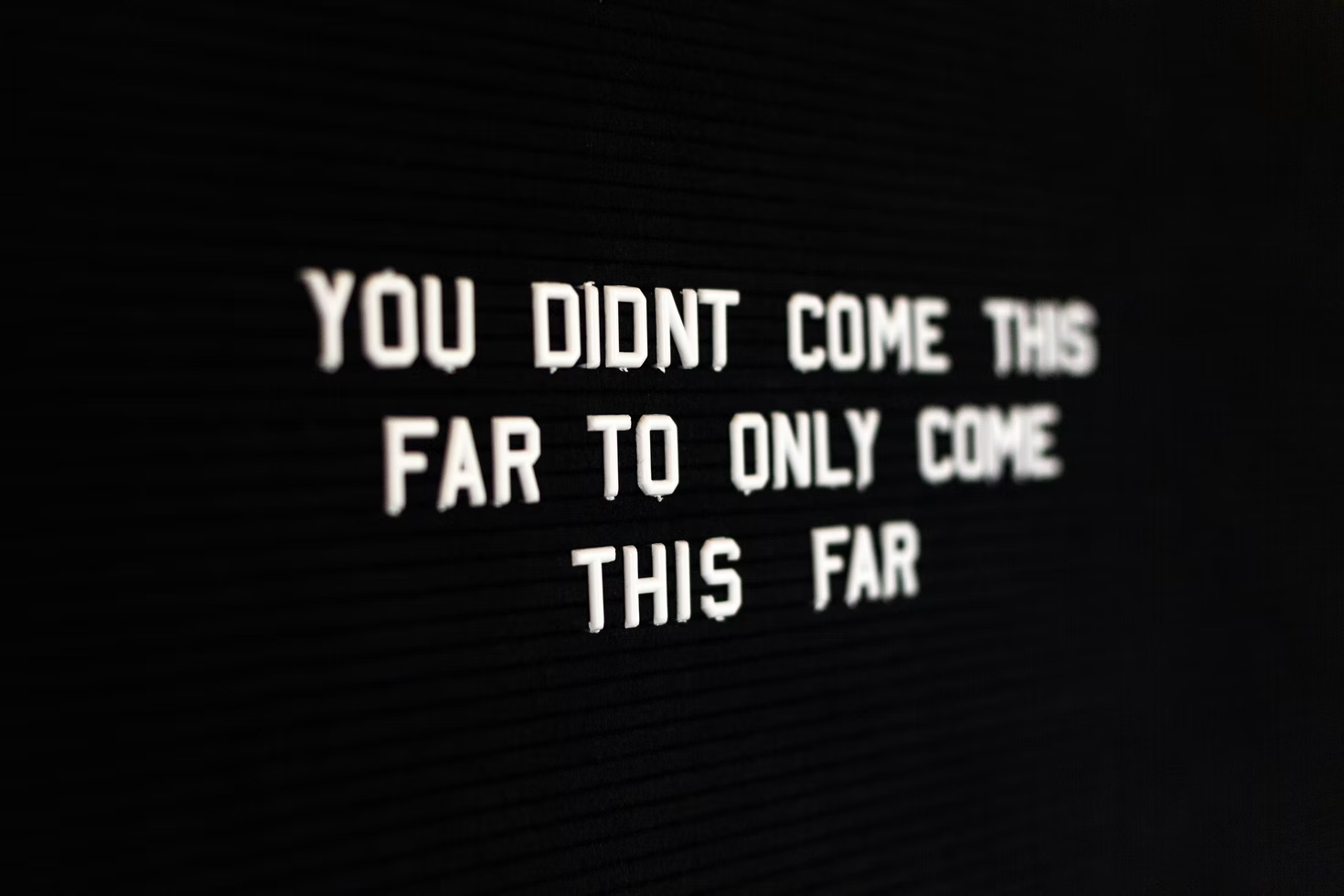OKR Learning Path
When the company decided to go with OKRs in order to strengthen customer centricity throughout the whole organization, there was a huge lack of knowledge about the topic. We SIXT Agilists were asked to support this transition by teaching divisions and the new role of OKR Champions how to start and run OKRs.
First, we had to train ourselves. Some of us Agilists had already attended OKR classes - now it was about internal knowledge transfer. We pulled back ourselves and learned about what OKRs are created for, about the history, the values, the idea behind, the differences between OKRs and KPIs … in short: We gathered everything which might be relevant to understand and master the topic. The result was great: We all managed to get a certification as OKR Professionals. With all the gathered knowledge we were ready to teach the world.
Creating the material
Our next step was to create a process that catered to the organizational context. We ran lots of brainstorming sessions, deep dives, and experiments and created a considerable training concept. Not every part of the created material was as relevant as others, so we created a backlog and ordered it. It turned out that our backlog was massive. What do we tell Product Owners when their backlog seems to be too long? Let’s focus on the most important items and do the other stuff a bit later. Well, we did the same: We decided to come up with three different workshops: Preliminary Training, Basic Training, and Advanced Training.
Outcome of the preparation was our own OKR Maturity Model which identifies skills and behaviors we would like to see in the teams. The model starts with the state “OKR Less”. The next levels on the model were “OKR Ready”, “OKR Adjusted”, “OKR Fulfilling” and finally “OKR Master”. Our goal with this model: to evaluate the teams and help them becoming customer centric. Our tailor-made workshops helped the teams to individually lift up.
The Learning Path
Here is what we created:
The Preliminary Training
After this “Off the ground” workshop, all participants are able to speak the same language. It’s about the fundamentals of OKRs and a lot about how to differentiate Output, Outcome and Impact. The people learn why it’s important to measure progress towards a common goal and how this could look like in their environment.
The Basic Training
When the fundamentals are set, the OKR creation itself can be started. This hands-on workshop starts with a focus on Customer Centricity and the question: “Who are our customers?” The participants learn how to translate outcomes to OKRs, how to detect weak OKRs and how to write strong objectives and key results.
The Advanced Training
After resolving the Basic Training, the people are ready to contribute to the OKR process. Nevertheless, there is a “plus” - this is part of that last step of the OKR Learning Path. Here, the agenda is about the strength of communication and how to drive the OKR process within one team or organization. Deepening discussions about different ways how to connect OKRs, ceremonies, and advanced OKR levels guide the participants to OKR Mastery.
How we moved on
Within a couple of months, the SIXT Agilists run the workshops for various teams and divisions. All product divisions and their teams moved towards Outcome centricity, all OKR Champions attended at least the Preliminary Training, and most of them continued their learning path. Additionally, we facilitated OKR creation sessions, reviewed OKR drafts, and supported some divisions with the overall OKR setup.
As the Learning Path is now part of the Agilists Toolbox, we can run every one of the sessions on request to refresh existing knowledge or to onboard new colleagues on that important topic.
